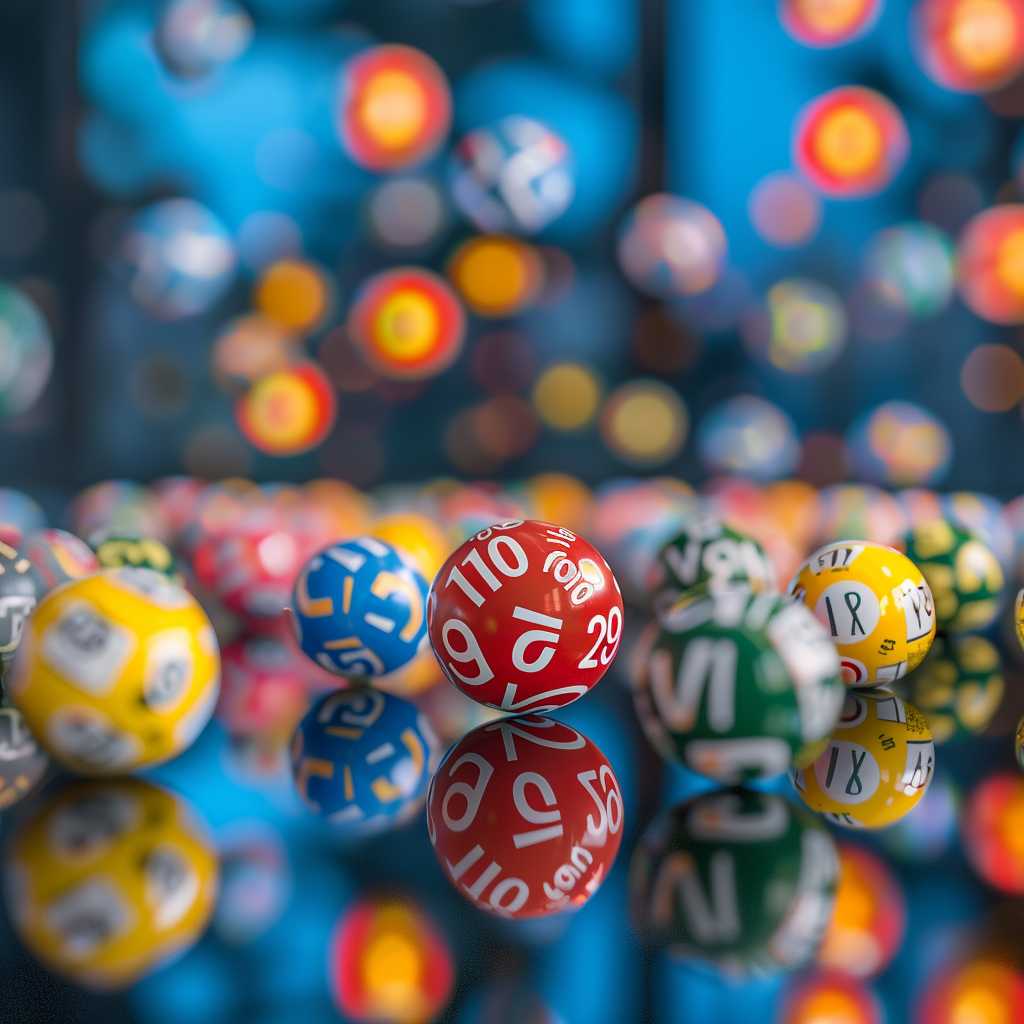The Ins and Outs of Powerball Results: Understanding America’s Favorite Lottery Game
Powerball is a highly popular lottery game played across the United States. Its widespread appeal lies in the game’s simplicity, massive jackpots, and the dreams that come with the possibility of becoming an instant multimillionaire. This article delves profoundly into the world of Powerball, exploring its operation, the announcement of results, winners’ experiences, and the statistics surrounding this beloved American pastime.
How Powerball Works: The Mechanics of a Multistate Lottery Game
Powerball is coordinated by the Multi-State Lottery Association (MUSL), encompassing lotteries from various states. The game consists of choosing five numbers from a set of 69 white balls and one number—the Powerball—from a separate set of 26 red balls. Draws are held twice a week, typically on Wednesday and Saturday evenings, and ticket sales cut off at least one hour before the draw in most states.
To win the jackpot, a player must match all five numbers from the white balls and the single red Powerball number. However, there are many levels of smaller prizes for matching fewer numbers. The chances of winning any prize are about 1 in 24.9, while the odds of winning the jackpot are much more remote.
Announcement of Powerball Results: From Drawing to Dissemination
Following the draw, Powerball results are broadcasted through various media channels. Officially, lottery authorities update their websites with winning numbers immediately after the draw. Moreover, local news programs often announce the results during their broadcasts, and social media platforms spread the numbers rapidly.
Purchasers of Powerball tickets can check their numbers against published results or utilize authorized retail outlets to scan their tickets. Additionally, several websites and mobile applications provide up-to-the-minute results as well as notifications for subscribed users.
After the Draw: Experiences of Powerball Winners
When someone hits the jackpot, their life can transform overnight. These winners face not only life-changing wealth but also new responsibilities such as financial planning, legal considerations, and personal privacy decisions. Many winners elect to receive their winnings through a long-term annuity payment plan; others take a lesser lump-sum payment that includes all taxes due upfront.
Inevitably, stories circulate about both the positive and negative ramifications for these winners—afortunate few use their winnings to create foundations or engage in philanthropic activities, whereas some experience personal upheaval due to newfound financial stress.
Powerball Jackpot Trends: A Look at Historical Winnings
The size of the Powerball jackpot can fluctuate significantly. When there is no winner for consecutive draws, the jackpot amount “rolls over,” steadily growing as more players rush to purchase tickets hoping to win big. These escalating jackpots create national excitement and contribute to increased ticket sales.
Record jackpots have propelled Powerball into a cultural phenomenon. On January 13, 2016, three lucky ticket holders in California, Florida, and Tennessee shared an unprecedented Powerball jackpot of $1.586 billion, at the time labeling it as the world’s largest lotto jackpot ever awarded.
Playing Smart: Strategies and Considerations for Powerball Participants
There are numerous strategies employed by individuals when selecting their numbers—some use a combination of significant personal dates while others prefer random selections via “Quick Pick” tickets where numbers are auto-generated by machines. Regardless of strategy or superstition, it’s imperative for players to recognize that every number combination has an equally random chance of being drawn.
Lottery experts continuously advise individuals to play responsibly. Participants should adhere to a budget for lottery play and not see purchasing tickets as short-term investments but rather as entertaining avenues with potential for unforeseen gain.
Notes
Image description: Brightly colored lottery balls numbered from 1 to 69 are scattered across a reflective surface with one prominent red ball with ‘Powerball’ written on it in white letters placed towards the front center as if symbolizing the drawing moment after a lottery event.
